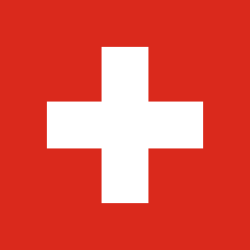Scientists Transform Lead Into Gold at CERN: A Modern Alchemy Breakthrough
 Switzerland
SwitzerlandThe Swiss bank Credit Suisse is facing renewed scrutiny after a US Senate committee revealed serious allegations regarding undisclosed Nazi accounts. Investigators have uncovered evidence suggesting that the bank concealed critical information about these accounts from the 1990s onward, with new revelations based on thousands of historical documents, including 3,600 records and 40,000 microfilms.
A report led by former US attorney Neil Barofsky indicates that previously unknown connections to Nazi financiers have been identified. The investigation highlights accounts held by hundreds of alleged Nazi intermediaries, who reportedly assisted in hiding gold, obscuring illegal transactions for war materials, and appropriating Jewish assets during World War II. Notably, a Nazi bank director managed accounts used for the systematic plunder of the local Jewish community’s wealth.
The US Senate committee has criticized Credit Suisse for withholding key documents during previous inquiries, particularly in the 1990s. Currently, investigations are ongoing, and UBS, which acquired Credit Suisse in March 2023, has stated its commitment to transparency. In 1998, Credit Suisse, along with other Swiss firms, paid $1.25 billion in compensation to Holocaust survivors, though connections to the Nazi regime appear to remain inadequately addressed.
 Switzerland
Switzerland Switzerland
Switzerland Switzerland
Switzerland